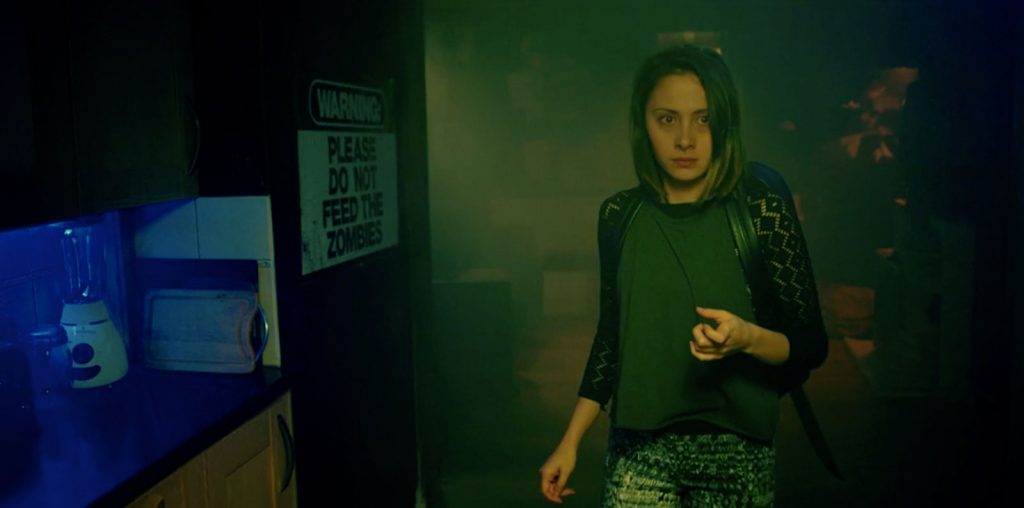
Festival Express maintains the visual style of the concert films from the early 70s (split screens, the grainy 16mm look, etc.). Why did you opt to maintain that retro look rather than give the film a more contemporary visual style? From the offset of my involvement I decided to stay true to the style as I imagined the film would have been put together during 1970-71. Upon viewing the materials, I realized this was the right choice, as the way the film was shot would not have lent itself to a contemporary approach such as the style favored by MTV, VH1, etc. The split-screen technique was both an homage to the likes of “Woodstock” and a device to use as much of the many hours of footage as possible. Also this device enabled us to distract the viewer from the limitations of some of the filmed materials.
Some of the images within the split-screen, when viewed full-screen, appeared slightly out of focus, probably due to the limited light source and the physical state of the cameramen due to the many hours spent partying along with the musicians who probably had a greater tolerance than the cameramen.
How much footage is still missing? And what did this footage contain?
Allegedly there are many hours of filmed material still missing. This became evident when I would hear audio materials but be unable to find the relevant footage to go with the audio. This was the case with Janis’ version of “Me and Bobby McGee.” I searched in vain for this footage. As the performance was so strong and of such historical value, I decided to run the audio over the closing credits of the film. This was also the case with The New Riders’ performance of “Better Take Jesus’ Hand.” I hope one day this lost film footage may come to light.
Was there any footage and/or recordings available that you were unable to clear? If so, what couldn’t make it into the film?
We were able to clear everything I wanted to clear for inclusion in the film. The only person who refused to be in the film was Alvin Lee of Ten Years After. We showed him his performance and he didn’t think it was strong enough to be included in the film. I agreed with him so the decision to include the performance was taken out of my hands.
The contemporary interviews with the Festival Express veterans are a joy to behold. What was it like to track down these artists and inform them, completely out of the blue, that this lost film was pieced together and their input was sought?
Everyone we asked to be interviewed agreed, and I felt all I needed for the film was five or six quotes to give the viewer the information that wasn’t coming over purely from the pictures. Upon interviewing the guys, they gave me a greater insight than I had hoped for. Therefore I decided to use more of the narrative than originally intended. I have also been able to use a great deal more of this material as part of the DVD extras package.
Do you think this film will take its place with the classics of that genre, such as “Monterey Pop” or “Woodstock”?
When talking about Festival Express and my involvement, I have continually been quoting the influence of movies such as “Woodstock,” “Monterey Pop,” “Gimme Shelter,” etc. I hope that in years to come, when future documentary makers are talking about music documentaries, “Festival Express” will be added to that list of classic music films.
What kind of reaction are you expecting from young music fans who only know of Janis Joplin, The Band or the Grateful Dead by name only? Do you think this film will encourage them to seek out the classic roots of rock?
Anyone seeing the likes of Janis and The Dead on-screen for the first time hopefully will be as excited as I was at seeing the likes of Jimi Hendrix and The Who in the “Monterey Pop” film. When I witnessed “Monterey Pop,” I was also exposed for the first time to the genius of the likes of Otis Redding. Hopefully, kids who come to the movie to see the likes of Janis and The Dead will go away and track down music by some of the lesser-known acts, like The Flying Burrito Brothers and Ian and Sylvia.

